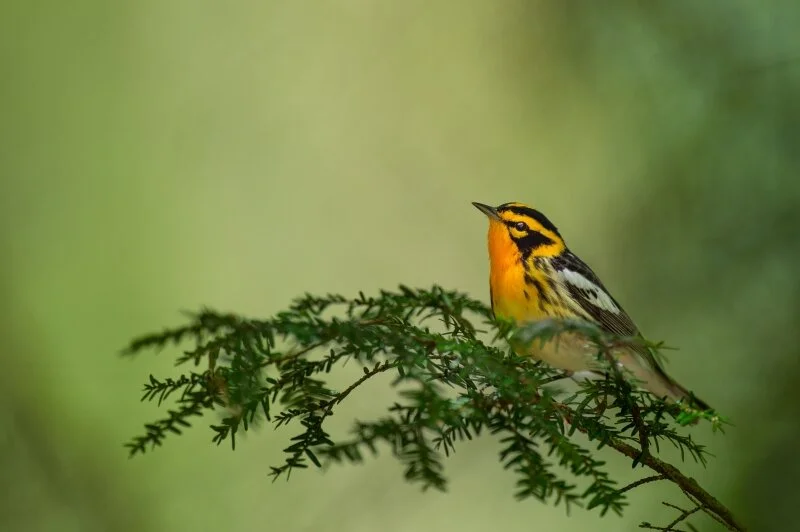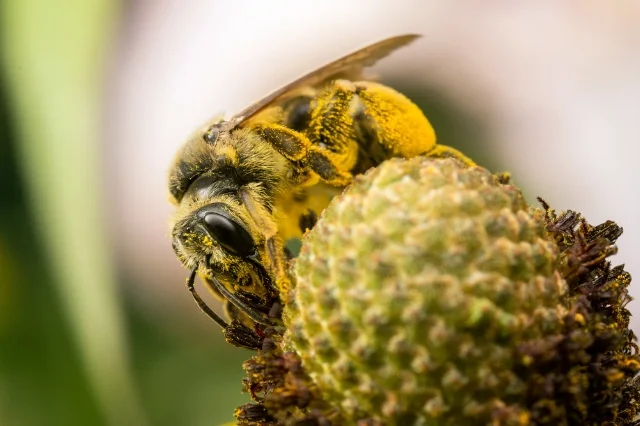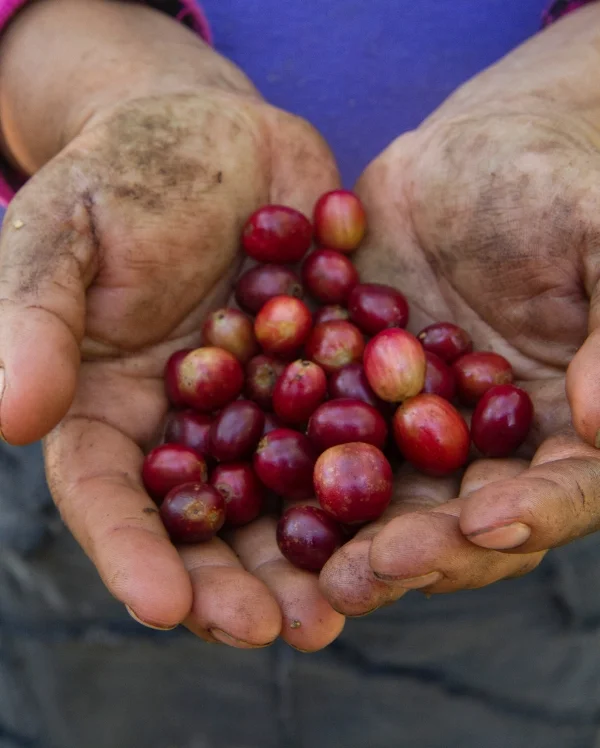Waves of Warblers
Attracting Bluebirds without Boxes
Hungry Bears on the Move
Bees on Red Maple Flowers
Sky Dancing
Fox Kits Being Born
Corvids a-Courtin’
Phenology Notes: Witnessing The Seasons of our Wild World
Plan Your Habitat Garden
Have you been thinking about creating a more intentional space for wildlife, but you’re not sure where to start? I’m here to tell you that you just need to start somewhere, and the best time to start is now. I'm also here to help! So make yourself a cup of hot coffee or tea, and grab a pen and paper. Set some goals and make some notes. A little planning now will go a long way to help you achieve your overall vision, and to help you conserve wildlife right where you are.
Wild Reads: We Took to The Woods
Our first book in the series is: We Took to the Woods by Louise Dickinson Rich. This lovely memoir of life in a remote backcountry settlement in the Rangeley, Maine area is absolutely charming. The book was published in 1942, and I read it in 1999. It resonated with my roots as a multi-generational Mainer, and a woman of the woods.
Winterberry: The Gift that Keeps on Giving
It's "the most wonderful time of the year" to spot the scarlet-red berries of our native holly. After a snowstorm, Winterberry is like a decorative red ribbon on a beautifully wrapped package, just waiting to be opened. When snow transforms the landscape into a winter wonderland, the bright red berries literally announce their place in the world - nature's Christmas ornaments! The berries of this shrub are like winter jewels for bluebirds, grosbeaks, waxwings, cardinals, robins, and other birds seeking much-needed nourishment throughout winter.
Where Have All the Whip-poor-wills Gone?
Last summer about this time of year my family and I were camped in a far corner of a local campground, up against a recently harvested woodlot. One evening, we were sitting around the campfire when we heard the distinctive song of a Whip-poor-will coming from the logged area. We were thrilled! You see, it's become rare to hear a Whip-poor-will, and that's why we were so excited to hear one around the campfire.
Eastern Whip-poor-will populations have declined 60% over the past 45 years. Why Have Their Numbers Dwindled So Much?
Give a Warm Welcome to Wild Bees (Super-pollinators Part 2)
If you read Part 1, you know why it's so important to conserve this highly diverse group of super-pollinators. This follow-up post is intended to provide you with a few concrete actions you can take to provide these beneficial insects with safe places to nest and reproduce.
While the focus of pollinator conservation is often centered around planting flowers, providing nesting habitat is a critically important, but often overlooked step.
If you keep reading, I can almost guarantee you'll be charmed and surprised by the details of native bee nesting ecology, and want to know more about how you can help provide mother bees with a warm welcome in your own backyard, and beyond.
The Wonder of Wild Bees (Super-pollinators Part 1)
Pollinators are in significant decline due to a combination of factors including loss of habitat, disease, parasites, and environmental contaminants. However, honey bees have received most of the attention. Our domesticated honey bees pollinate many of our crops and provide valuable honey, but they are not native here. They were brought over from Europe about four hundred years ago and their numbers are vast (almost 3 million hives in the U.S. alone). We have over 4,000 species of native bees in North America that have co-evolved with our native plants over millions of years, many of which are experiencing catastrophic declines.
Saving Songbirds Starts with Your Morning Coffee
Wildlife Habitat Design in A Wounded World
In today’s blog, we’ll explore what “ecosystem health” really means, review the biggest stressors acting on our wildlife populations today, and then I’ll offer some simple things you can do right now to help restore health and ecological integrity to the ecosystem right outside your own back door – and the front door, too!
“Intelligent Tinkering” - How to Boost Biodiversity at Home (Leopold’s Wise Words Part 2)
Carnivore Coexistence (Leopold's Wise Words - Part 1)
Carnivores are critically important to the balance of an ecosystem. They keep prey populations in check, ensuring that rodents, deer, rabbits, and other herbivores don’t overpopulate. When predators are absent or their numbers greatly reduced, herbivores can dominate a natural community, leading to a decline in the abundance and diversity of plants, which means fewer flowers for pollinators (also keystone species), and so on.





















